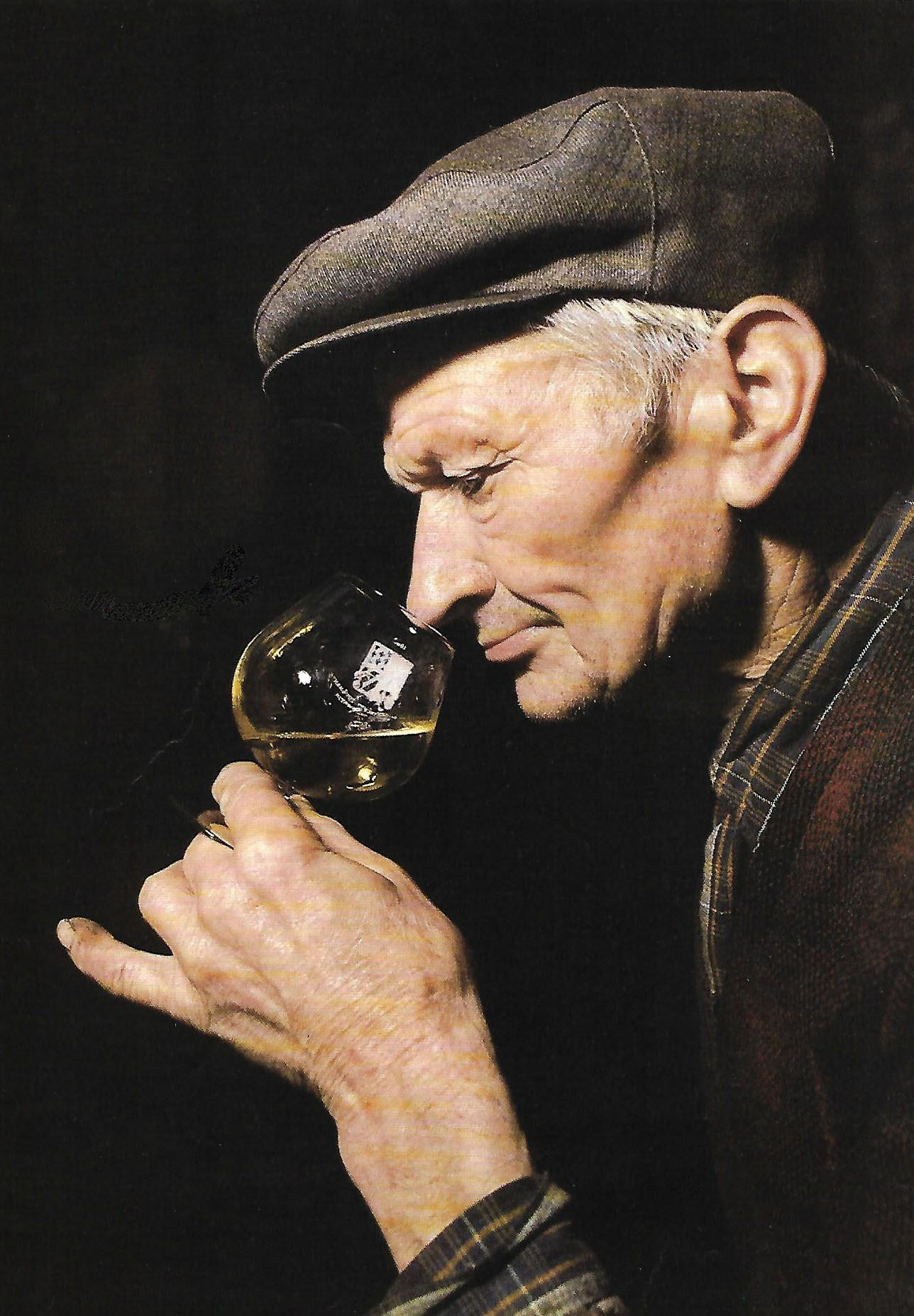TOP CZECH COMPOSER CONDUCTS ME TO MORAVIAN WINE-MAKER
 February 2016. Pavel Zemek Novak (may his tribe increase), learning that I was about to visit the Czech Republic, agreed to show me around his native city of Brno – his country’s second city – and to drive me to one of the best wine estates in the nearby Moravia region.
February 2016. Pavel Zemek Novak (may his tribe increase), learning that I was about to visit the Czech Republic, agreed to show me around his native city of Brno – his country’s second city – and to drive me to one of the best wine estates in the nearby Moravia region.
a
To put you in the picture: Pavel has been described as one of the most individual and distinctive composers of his generation. He has written a large body of symphonic, choral, chamber and orchestral works and teaches music in his native city, at the Brno Conservatoire. According to one fellow composer, Pavel is “a genius”. His “24 Preludes and Fugues”, a 75-minute work, has been recorded by the distinguished pianist William Howard.
a
He describes his native city – also the birthplace of Janacek – as “the largest village in the world”. It boasts a cathedral, a magnificent concert hall, several fine museums, a daily open-air market, and a number of ancient monuments. It is also a seat of learning, its population of 400,000 including no fewer than 89,000 students.
a
Taking all the time in the world, though a busy man, Pavel drove me through the pleasantly pastoral landscape south of Brno, through hamlets and small villages, via a snakes-and-ladder road system, until we eventually arrived at the Regina Coeli estate in the tiny hamlet of Nove Branice, about one hour’s drive from Brno.
a
a
We were received by the wine-maker himself, a gentle giant called Lubos Oulehla. To me, he bore a striking resemblance to the film actor John Wayne, having slanting eyes, a powerful build, and a square jaw. By contrast, however, his manner was mild and sympathetic, with not the faintest hint of anything macho.
a
a
a
a
Moravia is a cool region, a bit more to the north than Alsace, and seems to give somewhat better whites than reds (just as Alsace does). In fact, they’re not unlike English wines – and let’s remember that English wines get better and better with every vintage. Both produce vinous works of art that are more watercolour than oils. And many masterpieces are created in watercolour!
a
Grape varieties they cultivate include (whites) Gruner Veltliner, Pinot Gris, Sauvignon Blanc, Muller-Thurgau; and (reds) Blauer Portugueser, Saint Laurent, and Pinot Noir. We tasted close to 20 wines from this estate.
a
Of the wines I most liked were:
a
a
2014 MULLER THURGAU
Pale yellow-gold with a soft, flowery scent of wild white rose, elderflower, and honey. It tastes of those same elements, veering towards apple in mid-palate. Good acidity. The aftertaste is medium long, with delicate minerality carrying hints of crushed rock.
a
a
2013 CHARDONNAY
The brilliant yellow-gold colour heralds a delicate, grapy scent of greengage and pear. In the mouth, typical Chardonnay roundness with a gently viscous texture. I find chlorophyll on the clean-cut, vinous finish. Has enough extract to guarantee 3-4 years’ evolution.
a
I asked our host the age of the vines that had produced this wine. “Thirty years”, he replied.
I showed him my notebook, in which I’d written “vines – thirty years?”. He laughed out loud.
a
a
a
a
2013 SAUVIGNON BLANC
The most nuanced colour so far – green-yellow-gold. The nose is smooth and creamy, juicy even. Honey and chlorophyll intermingle with scents of pear and greengage. The clean-cut flavour edges towards lime on the finish. A very decent wine for fairly early drinking – ideal with pike-perch, lemon sole, whiting, John Dory. As in all northerly climates, it’s hard to produce reds with weight and depth. Two of the most vinous of those in the tasting were:
a
a
2013 FRANKOVKA
Medium-dark with a fullish nose that suggests purple cherry, damson, and blackberry, with a hint of crushed rock (limestone?). Raspberry then insinuates itself, itself soon nudged aside by redcurrant. The flavour is pleasantly fruity, without any special weight or depth, with a gentle reprise of raspberry on the finish.
a
a
2011 PINOT NOIR (barrique)
Bright but pale scarlet, with a charming, slightly sweet scent, a mingling of cherry jam and raspberry, with a subtle hint of sandlewood too (from the oak). A light, delicate red that, despite its seeming fragility, will improve quite a bit over the coming 2-3 years – an impression strengthened by the emergence on the aftertaste of elderberry, Cinnamon, and ginger notes.
a
a
Next time around: On to Vienna, to visit a wine producer with major vineyards within the city limits.
a
a
a
© Frank Ward 2016
a
Photos : J. Statham
a a






